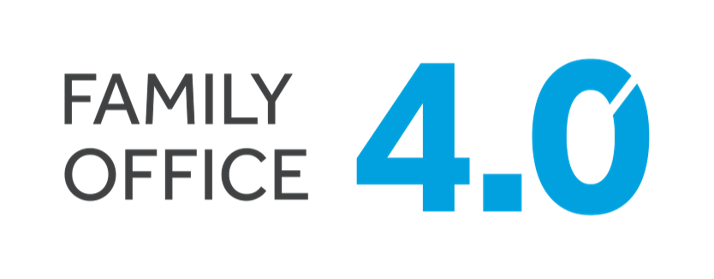“A well-designed COA supports all of the organization’s information, reporting, and accounting needs, and is built on a foundation of consistent definitions for business attributes and data elements.” — “Unlock value through your Chart of Accounts” article published by Deloitte
A chart of accounts (COA) is an index of all ledgers maintained by an entity. It classifies financial transactions into balance sheet and income statement categories. This organizes the financial information, gives clearer insight into financial health, helps to comply with accounting and reporting standards, and facilitates smooth generation of analytical and regulatory reports. The COA should be built with inputs from an accounting professional, to be compliant with accounting standards and Generally Accepted Accounting Principles (GAAP).
Where a family invests in assets through multiple entities like trusts and partnerships, it is advisable to use a single accounting and investment platform for all of them. This platform should have the capability to distinguish and maintain individual data of the different entities. Information of investments held and income earned through these partnerships can then be automatically consolidated from the bottom-up. This is an efficient way to carry out overall family office investment reporting and performance analysis.
Such a system further helps to maintain the shareholder relationship between entities and facilitates inter-entity transactions.
All the entities should have the same general COA structure in order to facilitate such consolidation and comprehensive reporting.
To optimize your family office’s COA, consider the following aspects:
I Design
- The COA should be flexible enough to accommodate changes and remain relevant for the long-term
- Even while addressing multiple requirements, it needs to retain simplicity.
II Maintenance
Standard processes are established in order to pass uniform accounting entries
Authority to add/delete/modify accounts is limited to authorized personnel and the process for making these changes is standardized.
III Review
The COA is reviewed every 3-5 years to ensure alignment with activities and information requirements.
These aspects are explored in detail below:
Designing the COA
All stakeholders, including the CFO, accounting staff, investment advisors and tax consultants, should be involved in designing the COA. This will ensure the needs of various end users of the accounting system are met:
Family principal’s information needs
Financial advisors’ information needs
Compliance/regulatory requirements
Tax reporting information
The COA must be standardized. It is advisable to assign account numbers to avoid confusion. Use sub-accounts to enable detailed reporting, without overly complicating the COA structure.
The COA should be as simple and concise as possible. Do not create unnecessary or duplicate accounts. It is acceptable to create blank accounts for future contingencies, but avoid creating too many unused accounts. This will make it easier for ongoing maintenance and review the COA.
Maintaining the COA
Standardized and documented controls and procedures should be followed for maintenance of the COA:
- Establish authority for adding and modifying COA accounts
- Establish standard procedures for requesting modifications to COA accounts
- Map out correct classification of new accounts in the COA
- Educate those posting entries on the system of the correct ledger accounts to use.
Reviewing the Chart of Accounts
Review the efficiency and standardization of the COA every 3-5 years. Check if it:
- Fulfils informational needs of stakeholders
- Meets latest regulatory and compliance requirements
- Contains duplicate or unused accounts that can be deleted
Incorporates the latest changes to data needs and technology.






